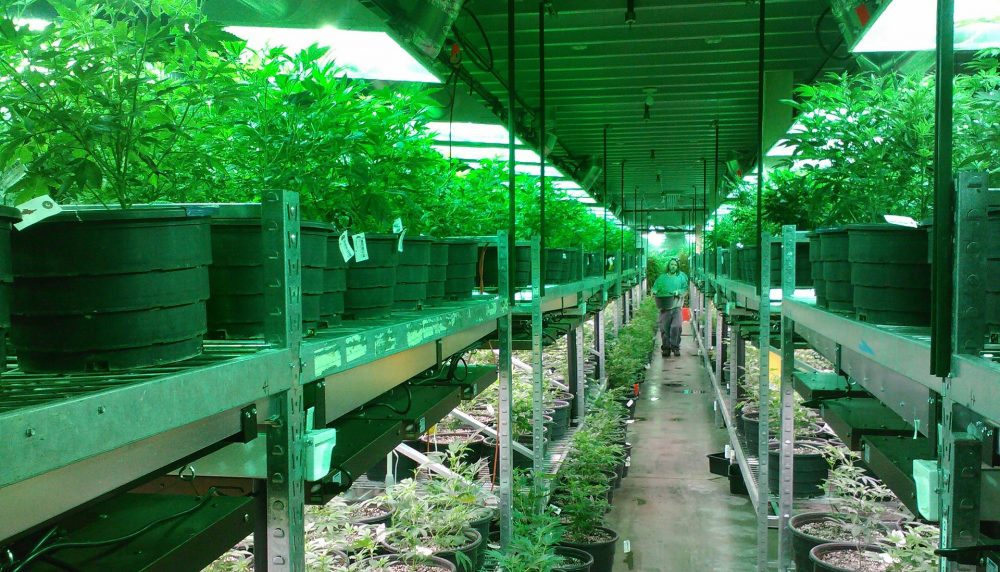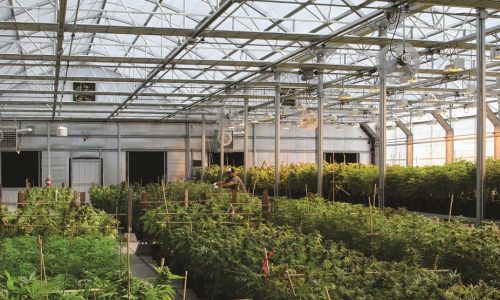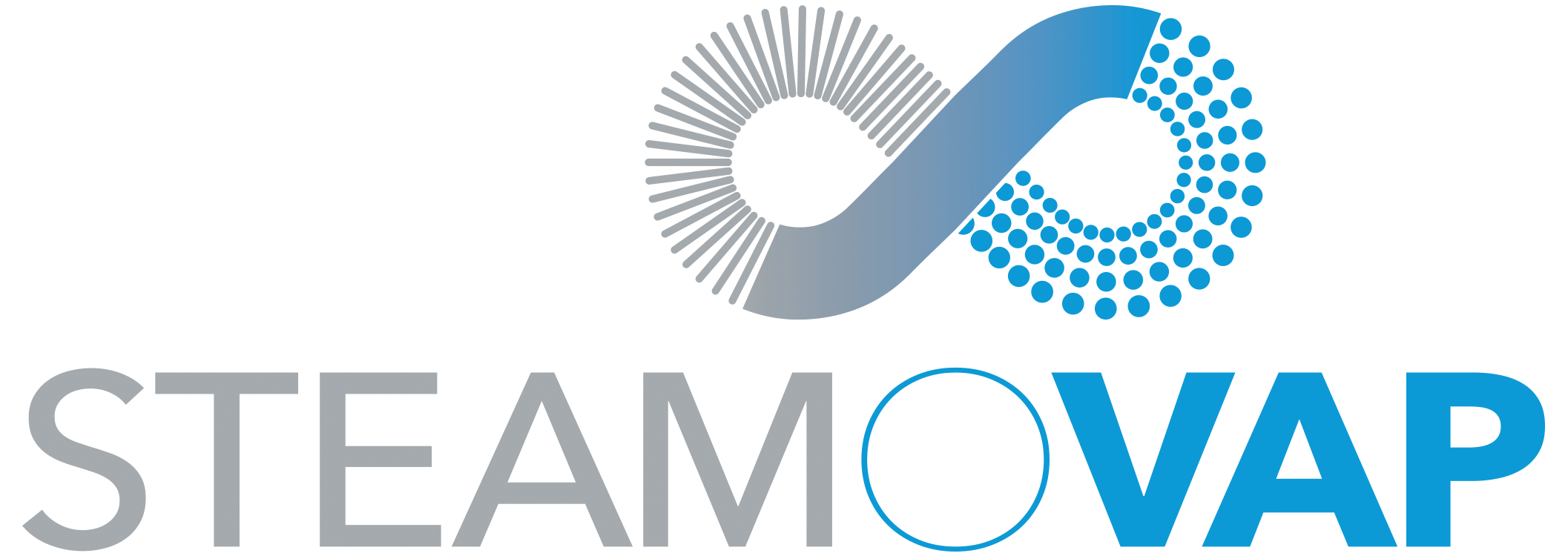Booming Business
As more and more states in the USA and countries such as Canada are legalizing the recreational use of marijuana, this business is booming.
There are many ways to grow marijuana. Today, indoor growing rooms facilities are considered, by many, to be the most efficient. However, because of the extensive use of energy by indoor facilities, some are experimenting with greenhouses or hybrid facilities (a combination of a greenhouse and an indoor room). Water temperature, nutrients, humidity, air quality, carbon dioxide levels and lighting are the most important parameters to control, they are now all very documented.
In this article we will focus on the need for proper humidity control and the optimal Relative Humidity (RH%) level in air for the different growing stages.
Why is humidity control important for marijuana growing?
Humidity is probably one of the most important air quality parameters to control but it is the most poorly designed and executed. If it’s too humid, mold growth can destroy the entire crop. If it’s not humid enough, plants can get stressed and die.
Nutrient absorption: humidity levels influence how much water marijuana plants absorb which influences the amount of nutrients it absorbs. A low humidity level causes plants to drink more resulting in “nutrient burn”, which gives the leaves a yellow or burnt colour.
Altered growth: marijuana plants in early stages need a higher humidity level whereas more mature plants prefer lower humidity levels.
Moisture is one of the factors that controls the opening and closing of the stomata. Dry air causes the stomata to close to limit the loss of water.
What Humidity level for which growing stages?
Overview:

Drying: While the marijuana is drying, a relative humidity of 50 per cent should be maintained. This stops the plant from drying out too quickly, because the water leaves the cannabis slowly.
Lights On and Off: During the Light-On period, humidity levels should be as per set point (indicated in the above table). As soon as the lights are turned off, the plants will release moisture into the air, the RH% level in the air must be reduced and HVAC systems should respond with de-humidification mode.
Young Sprout: Seedlings and clones like a high humidity levels of 65-80%. Because the root system is not developed, high humidity allows the absorption of water through the leaves.
Vegetative growth: Humidity levels can be reduced by 5% per week (acceptable range: 40-70%). Now the roots absorb more water, and the evaporation by the leaves refreshes the plants, so moisture content in the air can be reduced.

Flowering: Humidity levels should be lowered to between 40 and 50%, as flowers can be affected by high humidity level typically above 55% RH. Each grower will have their own recipe at this stage since moisture content in the air will affect appearance and flavor of the crop.
Greenhouse versus indoor grow room:
Indoor facilities: With the need to control air and water temperature, RH% and CO2 levels as well as the lighting in order to obtain a good quality crop, it is logical to develop indoor growing facilities to be able to minimize any exterior factors or contaminant. However, a typical indoor growing facility uses 10 to 20 times more energy than a typical office building. Some experts highlight the consumption of 2,000kWh power per pound of cannabis.
In the quest to reduce energy use either for profitability or environment concern, some farmers are now experimenting with greenhouses or hybrid facilities combining greenhouse and indoor rooms.

Greenhouse: Greenhouse facilities enable farmers to reduce the use of artificial lighting and power but also to produce a different and more natural product. Light deprivation would be done by blocking natural light with partial or full shading.
However, the optimal use of a greenhouse facility depends on your geographical location and climate. Greenhouse growing operations depend on the season, in order to optimize the use of the best conditions of marijuana growing to the natural seasons.

How steamOvap can assist you?
Whatever the size or the configuration of your project, steamOvap will be able to provide you with humidity control and humidifiers that will allow you to achieve optimal humidity levels for your use.
We offer an isothermal electric humidifier (IER model) that will produce clean and sterile steam with variable and very precise output to +/- 1%RH. Humidity levels can be adapted to the lighting sequence and the growth of your plantation.
We also offer adiabatic humidification solutions such as an evaporative (AEM model) or dry fog atomizer (ACA model) using very low power and a lowering cooling load.
Installation of one of the above humidifiers will bring you the following benefits:
- Optimize Marijuana plant growth
- Protect Marijuana plants from heat stress
- Increase your productivity
- Adapt humidity level to the Marijuana plant growth
- Improve your Marijuana plant quality
SteamOvap’s technical team has already helped several small to large marijuana growing companies to design and tailor their HVAC system to optimize their cannabis production. We have helped fix many mistakes such as oversized systems, energy traps, and others.
References:
– TANTALUS. About.2018 « WHY SUNGROWN ». https://tantaluslabs.com/pages/the-future-of-cannabis-is-sungrown/ [2019-03-18].
– Khan Academy. 2011. « Biology ». https://www.khanacademy.org/science/biology/photosynthesis-in-plants/photorespiration–c3-c4-cam-plants/v/photorespiration [2019-03-05].
– Gisleröd, H.R., Selmer-Olsen, A.R. & Mortensen, L.M. Plant Soil (1987) 102: 193. https://doi.org/10.1007/BF02370702
